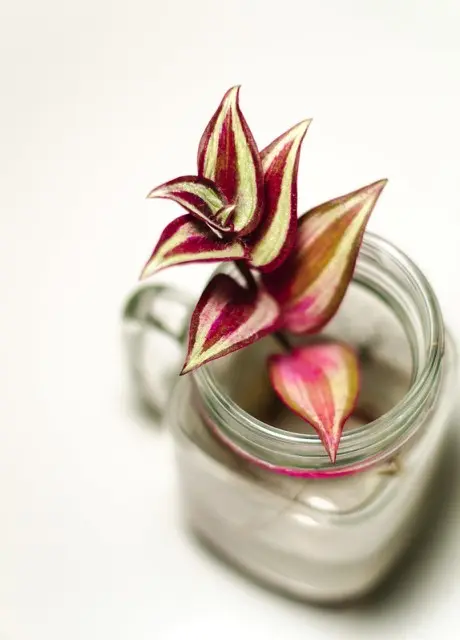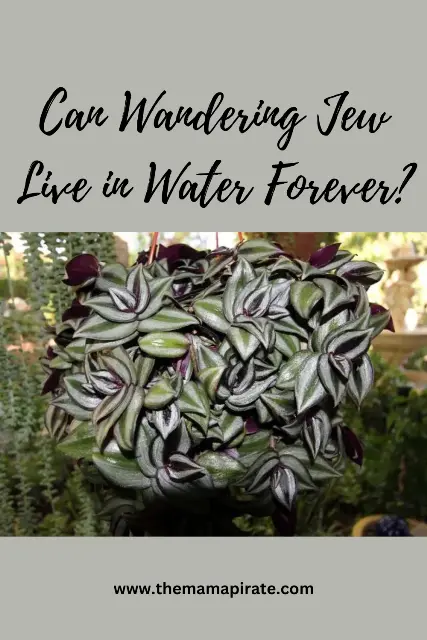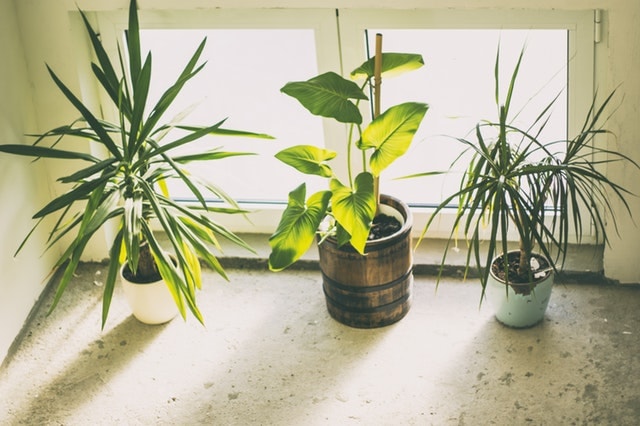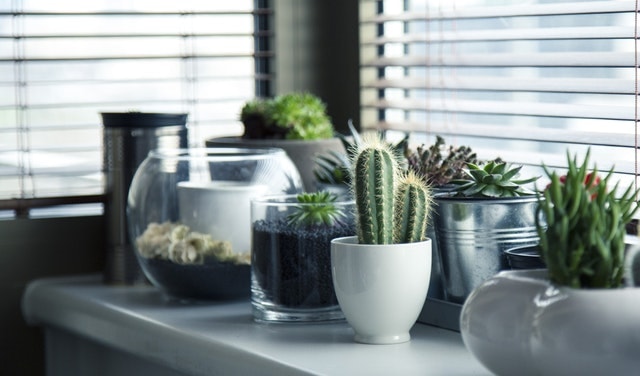The Wandering Jew, also known as Tradescantia zebrina or Zebrina pendula, is a popular houseplant cherished for its vibrant foliage and low maintenance requirements. However, the question of whether it can live in water forever warrants a nuanced explanation.
The Wandering Jew is a resilient plant that can survive in various conditions, including water. Many plant enthusiasts propagate Wandering Jews in water to root cuttings or maintain them in hydroponic setups. In water, the plant can indeed survive for an extended period, but there are limitations to its longevity.

While the Wandering Jew can initially thrive in water, it is not adapted to live in water indefinitely. Like most terrestrial plants, the Wandering Jew requires oxygen for respiration. While submerged in water, the plant’s roots can become deprived of oxygen over time, leading to root rot and eventual death. Additionally, prolonged exposure to water may cause the roots to become waterlogged, compromising the plant’s health.
Therefore, while the Wandering Jew can survive in water for a while, it is not sustainable for the long term. To ensure the plant’s health and longevity, it’s essential to provide a balanced environment with well-draining soil and occasional watering.
Frequently Asked Questions (FAQs) related to Wandering Jews:
- Can Wandering Jews survive in low light conditions? Wandering Jews prefer bright, indirect light but can tolerate low light conditions. However, they may lose their vibrant colors and become leggy if kept in low light for too long.
- How often should I water my Wandering Jew? Watering frequency depends on various factors such as temperature, humidity, and pot size. Generally, water the plant when the top inch of soil feels dry. Avoid overwatering, as it can lead to root rot.
- How do I propagate Wandering Jews? Wandering Jews are easy to propagate through stem cuttings. Simply snip a healthy stem below a node, remove the lower leaves, and place the cutting in water or moist soil. Roots should develop within a few weeks.
- Why are the leaves of my Wandering Jew turning brown? Browning leaves can indicate overwatering, underwatering, or low humidity. Ensure proper drainage, adjust watering frequency, and mist the plant occasionally to increase humidity.
- Can Wandering Jews be grown outdoors? Wandering Jews are native to tropical regions and thrive in warm, humid environments. They can be grown outdoors in USDA zones 9-11 but should be protected from direct sunlight and frost.
In conclusion, while Wandering Jews can survive in water for a period, they cannot live in water indefinitely. Providing a suitable growing environment with well-draining soil and proper watering practices is crucial for their health and longevity. Understanding the plant’s needs and addressing common issues can help ensure the Wandering Jew thrives as a beautiful and resilient houseplant.




